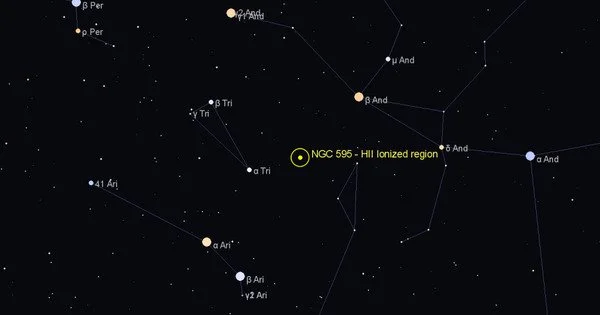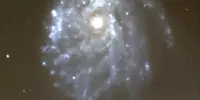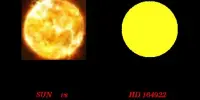The Triangulum Galaxy has an H II area known as NGC 595. Heinrich Ludwig d’Arrest made the discovery on October 1, 1864. It is a diffuse nebula in the Triangulum Galaxy, also called Messier 33. The Triangulum Galaxy is a spiral galaxy in the constellation Triangulum. It belongs to the Local Group, which also includes the Milky Way, the Andromeda Galaxy, and a few other smaller galaxies.
H II regions like as NGC 595 are important to astronomers because they provide vital insights into star formation processes and interstellar particle dynamics. Such observations aid astronomers in understanding the life cycle of stars as well as the impact of large, young stars on their surroundings.
NGC 595 in the Triangulum Galaxy is a fascinating celestial object that astronomers can investigate to gain a better understanding of the intricate and dynamic processes that occur within distant galaxies.
NGC 595 is an area of prolific star formation in the Triangulum Galaxy. Nebulas, such as NGC 595, are made up of gas and dust clouds and act as stellar nurseries, allowing new stars to form. These young, hot stars release high UV radiation, which causes the gas around them to ionize and radiate light. This process produces the stunning and frequently colorful appearance of these nebulae.
The term “NGC” refers to the New General Catalogue, a catalog of astronomical objects published by John Louis Emil Dreyer in the late nineteenth century. It contains a vast range of astronomical objects, including galaxies, star clusters, and nebulas. The NGC 595 name denotes that this nebula is the 595th item in the catalog.
NGC 595 is just one of many fascinating objects in the wide cosmos, helping us comprehend the processes that shape galaxies and the birth of stars inside them.
















